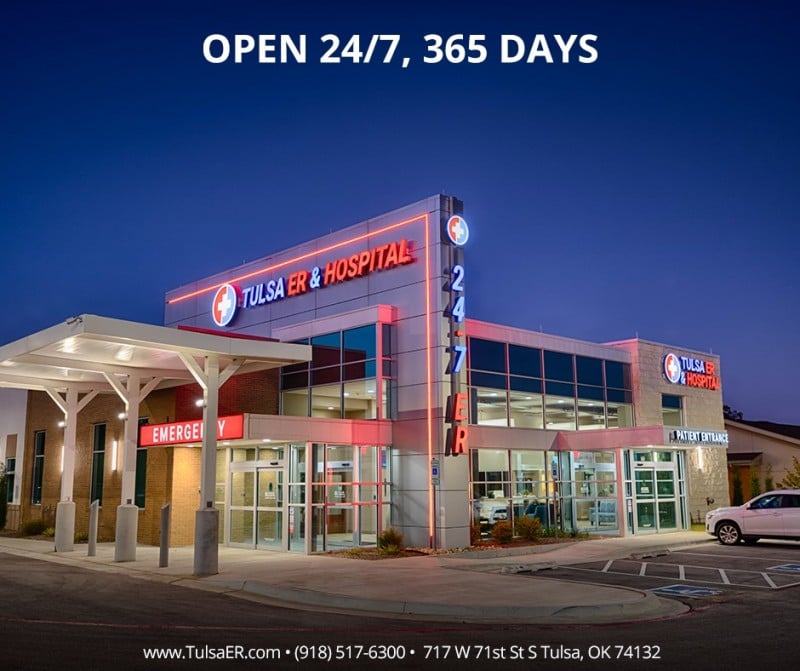

Observation of the effects of any treatment, e.g.TULSA, Okla.Observation of any changes in your condition.Your physician may be waiting for one or more of the following: After you have been seen by a physician, it may take some time before a decision can be made about your status.

Wait times may change based on the number of patients we receive. Please keep in mind that we are continuously receiving patients via ambulance through a separate entrance. We do our best to keep you updated on wait times. Once you are diagnosed, the physician will determine if you will be treated and released or admitted to the hospital. Also, depending on the nature of your illness or injury, physicians from other specialties may be called upon to assist you. On occasion, several different tests may be given that add to your length of stay. These tests and procedures take time and we do our best to keep you updated on the progress. If at any time during your wait in the lobby you feel your condition worsening, please ask the front desk for a triage nurse. If you feel the need to use the restroom, please wait until you have talked to the triage nurse (we may need a urine sample for testing). To expedite your care, laboratory testing and X-rays may be ordered by the triage nurse and completed while you are in the waiting area. No food or beverages will be allowed in the examination room. Patients who are waiting in the ED are asked to refrain from eating or drinking anything (except water) before examination by a physician. Please, DO NOT hand your child over to anyone without proper identification, or to anyone who asks you to wait in the lobby when your child is taken for testing. All Hillcrest Medical Center ED staff members have photo IDs. If your child is the patient, you are encouraged to accompany him or her to the examination room.

For example, heart attack patients and near-drowning victims are seen before patients with cuts or broken bones. Instead, they are seen in the order of the severity of illness or injury. In emergency situations, patients are not seen on a “first-come, first-serve” basis.


 0 kommentar(er)
0 kommentar(er)
